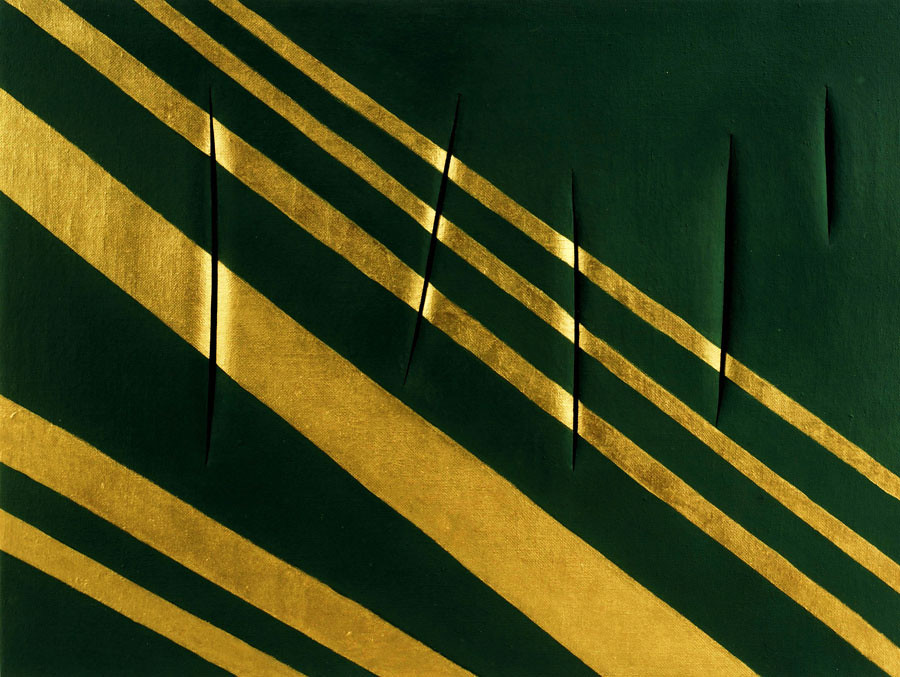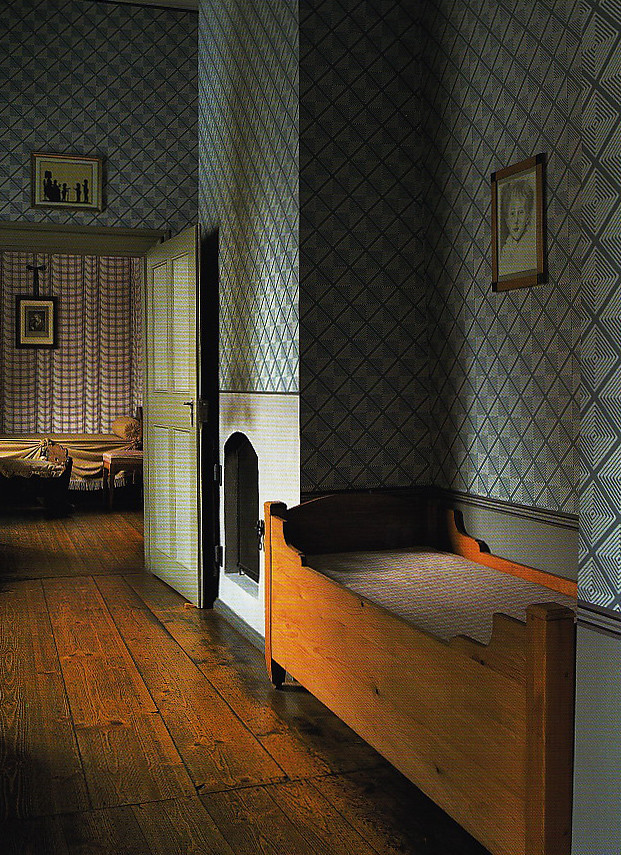You took me behind a dis-used railway line
And said "I know a place where we can go
Where we are not known" (T.T.T.T.)


Ambienti Spaziali:
"a complex labyrinth of glaring luminosity in which
the viewer loses all sense of direction and time
and ends against a wall cut by a single slash."
1. Lucio Fontana Ambienti Spaziali May 3 - June 30, 2012 @ Gagosian, NY
"Fontana's fascination for the advancements of science and technology during the twentieth century led him to approach art as a series of investigations into a wide variety of mediums and methods. As a sculptor, he experimented with stone, metals, ceramics, and neon; as a painter he attempted to transcend the confines of the two-dimensional plane. In a series of manifestos, beginning with the Manifesto blanco (White Manifesto) of 1946, Fontana announced his goals for a "spatialist" art, one that could engage technology to achieve an expression of the fourth dimension in a radical new aesthetic idiom that melded the categories of architecture, sculpture, and painting. A sculptor trained in classical techniques, Fontana was initially known for grand and innovative sculptures produced for trade fairs and exhibitions promoting the ideology of Fascism in Italy. But these early examples already contained a rationalist abstract language that pointed to an awareness of the most daring rationalist architectonic experiments of Edoardo Persico and Giuseppe Terragni."
2. Biedermeier to Bauhaus, by Singrid Sangl
"From the Renaissance to the early 20th century, curator Sigrid Sangl traces the complex but characteristic interior design styles found throughout Germany, literally opening the doors to a variety of exceptional interiors. Most of the featured residences—townhouses, royal palaces, artists’ studios, and rural retreats—have never before been photographed. Barbara and René Stoeltie’s sumptuous full-color images, many specially commissioned for this book, convey both the grand scale and the distinguishing details of each style: 16th-century wood-paneled parlors with furniture in matching inlaid patterns; elaborate Baroque wall paintings inspired by exotic plant forms; sturdy, stalwart Biedermeier tables and chairs; the sinuous, ornamental curves of Jugendstil; and the simple, streamlined functionalism of the Bauhaus. "
----------------------
